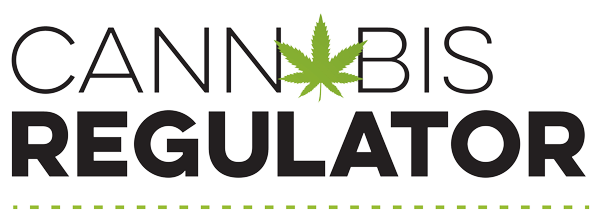Last week, the California State Senate (23 Aye, 10 No) and Assembly (63 Aye, 0 No) passed Assemblymember Jacqui Irwin’s landmark bill addressing the recent surge of child poisonings and hospitalizations due to accidental ingestion of cannabis products, many designed to mimic popular children’s candies and snacks.
AB 1207 (Irwin) – The Cannabis Candy Child Safety Act – will implement key measures to protect children and youth by more clearly defining and prohibiting product characteristics, packaging and labeling that are attractive to children or teens. The bill has now moved to Gov. Newsom’s desk.
The Dangers of Childish Cannabis Packaging
“The outrageous packaging and marketing of cannabis products so that they are intentionally attractive to children is one of the leading causes of pediatric cannabis exposures,” said Assemblymember Jacqui Irwin, author of AB 1207, in a press release. “AB 1207 will end this practice of packaging cannabis products with images of unicorns, blue raspberries, or superheroes that predictably lead to children being poisoned with cannabis.”
“A robust legal cannabis market can flourish without marketing products that imitate leading candies and junk food or cartoons that are clearly attractive to children,” said Dr. Lynn Silver, pediatrician and Director of Getting it Right from the Start, at the Public Health Institute, in the release. “The California Legislature has sent a clear message that we need to create a safer cannabis market that starts putting kids’ health above profit. We urge Governor Newsom to sign it and rigorously enforce it!”
When Proposition 64, the California initiative that legalized recreational cannabis in the state, was passed in 2016, one of its clearly identified intentions was that “Marijuana products shall be: Not designed to be appealing to children or easily confused with commercially sold candy or foods that do not contain marijuana.” Since that time, systemic regulatory failures and widespread cannabis commercialization has resulted in the proliferation of hundreds of legal cannabis products that resemble some of children’s favorite candy, snacks, and sodas. This has led to:
- Annual cannabis exposures reported to California Poison Control increased from below 200 in 2010 to over 1600 by 2020. 50% involved children, half below the age of 12. In contrast, there were only 16 total reported gummy exposures between 2010 and 2015 vs. 409 in 2020 alone.
- Cannabis-related emergency department visits in California increased by 75% between 2016 and 2020, mainly involving the consumption of plant material or edibles.
- Nationally, edible cannabis poisonings of children six and under increased 1,375% between 2017 and 2021, growing in severity. Many resulted in intensive care or mechanical ventilation.
- At Rady Children’s Hospital in San Diego, children under age 10 testing positive for THC quadrupled since 2016, mostly from edibles, of which three quarters were from candies or gummies, half were hospitalized and one in ten required intensive care.
Protecting the Children
“I have seen hundreds of young children become ill, many critically ill, after accidentally eating cannabis that looks like candy,” said Dr. Natalie Laub, Pediatrician and researcher at the University of California, San Diego, in the release. “The California Legislature acted appropriately in light of the overwhelming medical evidence that our kids need protection from this new generation of cannabis products.”
Supporters decried the cannabis industry’s successful efforts stripping AB 1207 of some of its initial and important protective measures – including the prohibition on flavored inhaled products and much stricter rules limiting advertising tactics appealing to youth – and vowed to revisit them in the future.











